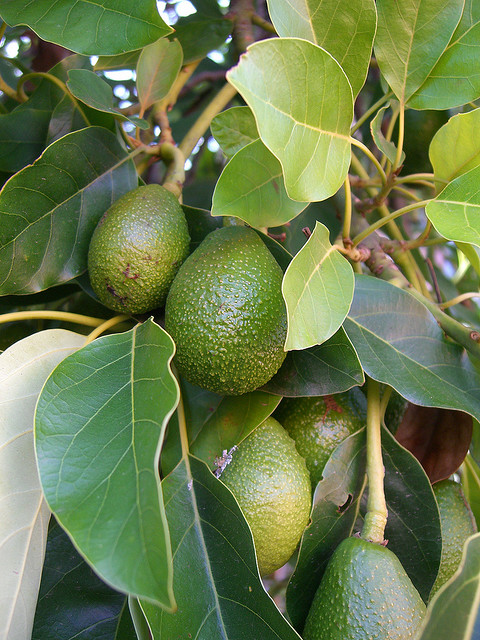This post should be titled, "It's Ok, the Euphoria and Excitement are Normal, You're Just Having a Foodgasm." Last year I discovered what could quite possibly be the most ingenious recipe I've ever made. Homemade gluten-free, grain-free bread in 10 minutes? Say what!? I know you're rolling your eyes in disbelief, but just stick with me a moment folks ~ because yes, it's true.
 |
| Yum! Savory Herb Bread ~ makes a fantastic gluten-free primal sandwich! |
During a search for simple, quick recipe for grain-free bread I must have browsed through dozens of recipes and suggestions. However, it was an idea from Rivven, a fellow primal foodie, that finally got my attention.
His original post over at Mark's Daily Apple has gone on to spawn nearly 40 pages of comments and adoration, so I know I'm not the only person who immediately ran --not walked, but
ran-- to my kitchen to start tinkering around.
I played around with variations for most of the evening, tweaking the recipe this way and that way, then pairing the results with different things. I ended up with what is hands-down the easiest and most delicious bread I've ever made at home. (You can't see me, but I'm nodding emphatically as I type this.)
Did I mention that not only is this bread gluten and grain free, it's also soy-free, dairy-free, and corn-free, too? Ohhhh, yeah. It's like that. Forget the dry, crusty stuff that passes for gluten-free bread in the store. Save that for making homemade croutons.
This bread is moist and springy. My favorite way to use it is for sandwich bread ~ piled high with organic field lettuce, spinach, and turkey, mmmm.
To make this sandwich you'll need a mere 10 minutes and a handful of simple ingredients. Let's get started!
Gather These Ingredients:
- 1/8 cup flaxseed meal
- 1/8 cup almond flour
- 1 and 1/4 tbsp warm coconut oil
- 1 tsp baking soda
- 1 large egg
- A pinch of a few savory herbs -- basil, dill, rosemary, garlic, onion powder, salt
Grab Some Kitchen Tools:
- Two small bowls
- Measuring cup & spoon
- Fork for mixing
- Ceramic microwave-safe bowl
Now Make It!
1) MIX DRY INGREDIENTS: In the first bowl mix all the dry ingredients including the herbs and spices. If you use fresh herbs be sure to mince them up into fine pieces first. Go as heavy or as light on the flavors as you want! Break up any pesky flour balls with the fork.
2) ADD WET INGREDIENTS: Crack the egg and place it in an empty bowl. Whisk it with a fork vigorously until it's fluffy, then mix into the rest of the ingredients. The mixture will thicken up as you stir. Add gently warmed, liquid coconut oil to the dry ingredients and blend well. The mixture will be very thick, this is okay!
3) PLACE IN YOUR 'BAKING DISH': Once it's all well mixed, pour it into your bowl or a small casserole dish. You're looking for a dish that has a bottom about the same size as a piece of bread or a deli bun. A large glass measuring cup might work. I use one of those shallow ceramic soup bowls with a handle, it works perfectly.
4) TIME TO 'BAKE' IT: Stick the mixture in the center of the microwave and heat for about 2 minutes. You may have to experiment a bit here, since cooking power can vary between different microwaves, but this was the perfect amount of time in mine.
5) LET IT COOL OFF: When it's done coax it out of the bowl (covering the bowl with a papertowel or cheesecloth and flipping it upside works for me). Let it cool off on paper towels or a baker's rack for a few minutes. When it's no longer hot to the touch you're ready to slice it in half around the circumference (like a bagel). Now pile on the scrumptious goodies!
As a substitute for mayo you can drizzle a tiny bit of olive oil on one side of the "bun". I usually do a mixture of olive and flax but whatever you have will work fine. Pile on the roasted turkey and top it with bright, fresh field greens like romaine, spinach, and arugula. Wha-la! You have a fantastic gluten-free primal sandwich!
This sandwich is hearty and very nutritionally dense, so you may want to cut it in half for sharing at mealtime or save some for later. For lunch I make two batches and serve half a sandwich to each of us with some raw fruit or veggies on the side. It is very filling and oh so yummy! These 'buns' freeze really well, so feel free to make up a bunch and stick them in the freezer ~ when you're ready to use them just thaw on the counter or defrost in the microwave for a few seconds.
Half of a Savory Herb Sandwich (with turkey & greens) equals:
- Approximately 300 calories
- About 7 grams of carbs
- No grain, gluten, dairy, soy, or corn
- Quick & simple, delicious!












